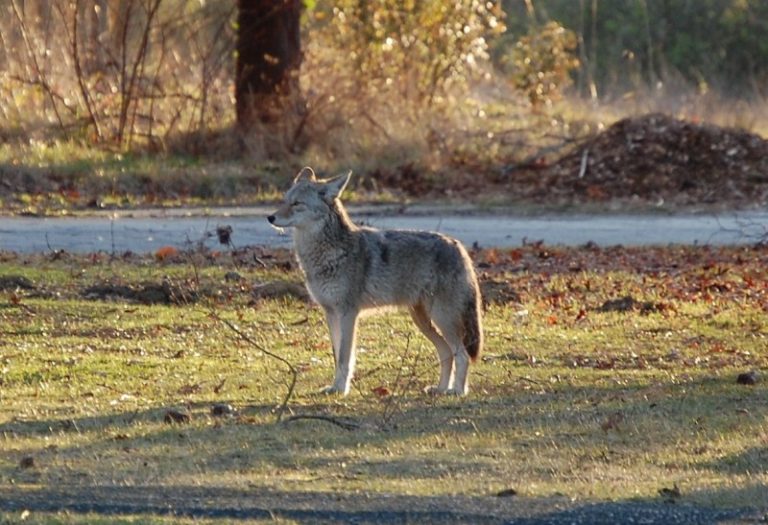Published on December 9, 2020

The Welsh village of Llandudno went quiet in March as stay-at-home orders began. Then the goats descended from the mountain.
A wild herd of Kashmiri goats has lived near Llandudno for almost two centuries, and they sometimes come down from the Great Orme Mountain during inclement weather. But this spring, while the human world hit pause, they settled into town for a few days, munching on hedges and trotting down the empty streets.
The goats joined a host of animal celebrities flooding the internet after they supposedly reclaimed urban areas: dolphins frolicking in Venice’s clean canals, elephants drunk on corn wine in a tea garden in China’s Yunnan province. Tweets announcing these events proclaimed that nature was recovering from years of abuse by humans, thanks to COVID-19 shutdowns.
While the goats really did come to Llandudno, many of the other reports were false or exaggerated. The “Venetian” dolphins were actually in Sardinia, hundreds of miles from Venice. It’s not clear where and when those elephant photos were taken, but they don’t seem to be linked to COVID shutdowns (nor pachyderm debauchery). It all begs the question: Did COVID really heal nature?
“It’s much more complicated than that,” says Seth Magle, ecologist and director of the Urban Wildlife Institute at Chicago’s Lincoln Park Zoo. “This pandemic seems very long to us in the span of our lives, but from an evolutionary, ecological standpoint, it’s really the blink of an eye.”
Sparrows in San Francisco did, in fact, change their song during lockdown, according to a September study in Science. But it could be months or years before we have extensive data about the overall effects of the pandemic on wildlife, says Chris Schell, an urban ecologist at the University of Washington Tacoma Science and Mathematics Division. “We’re sort of living through the experiment.”
“COVID wasn’t necessarily the elixir that healed or is healing nature,” Schell says. But it did draw our attention to the ways humans affect the environment: “What happens in society feeds back into ecology.” Similarly, inequity and systemic racism for many years have created “environmental mosaics of inequality”— pockets of greater ecological harm in poorer and more marginalized communities.
“If we’re going to see sustained healing, like legitimate healing, it’s not going to be right away,” he says.
Continue reading at Discover Magazine.
Originally written by Kate Golembiewski for Discover Magazine.